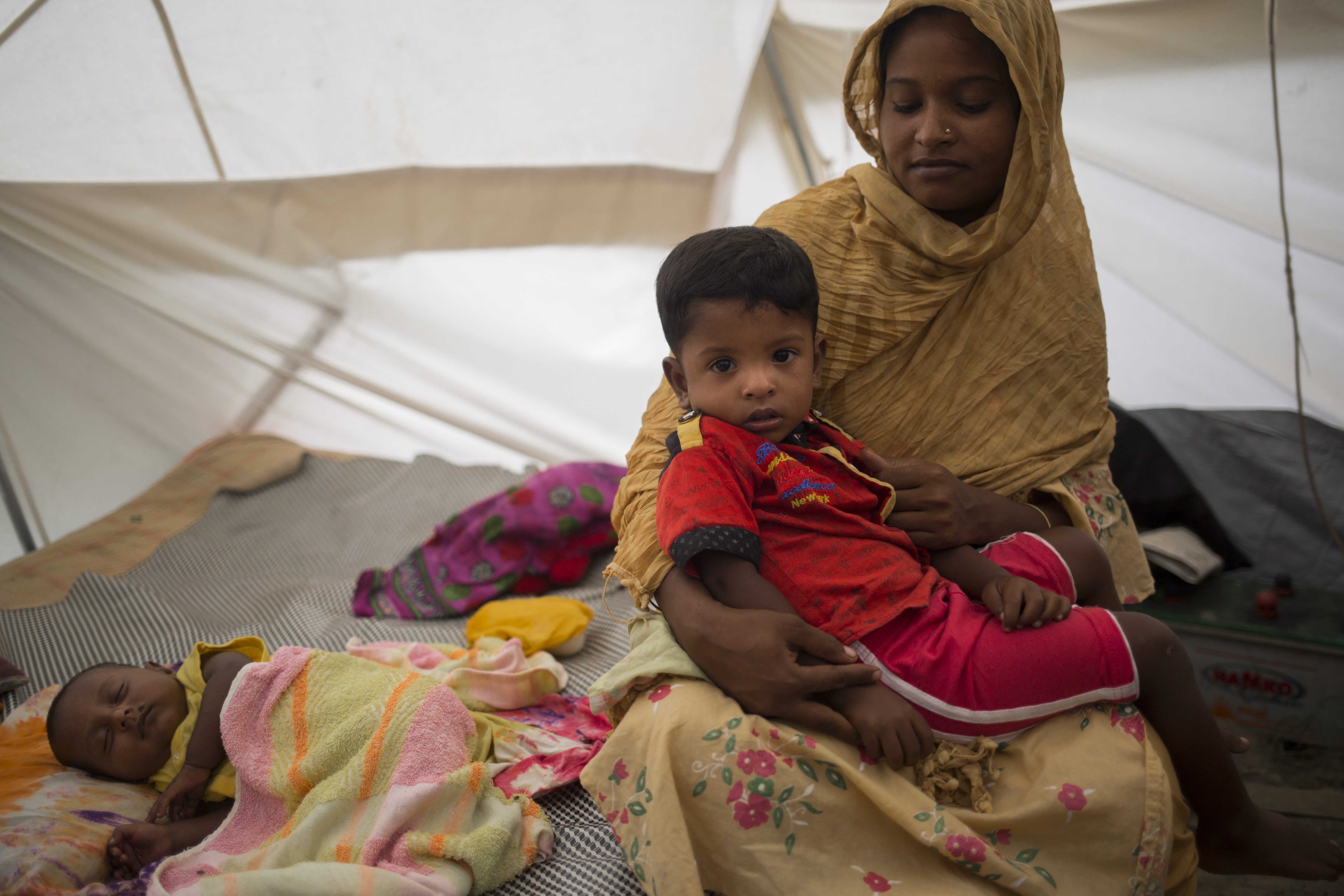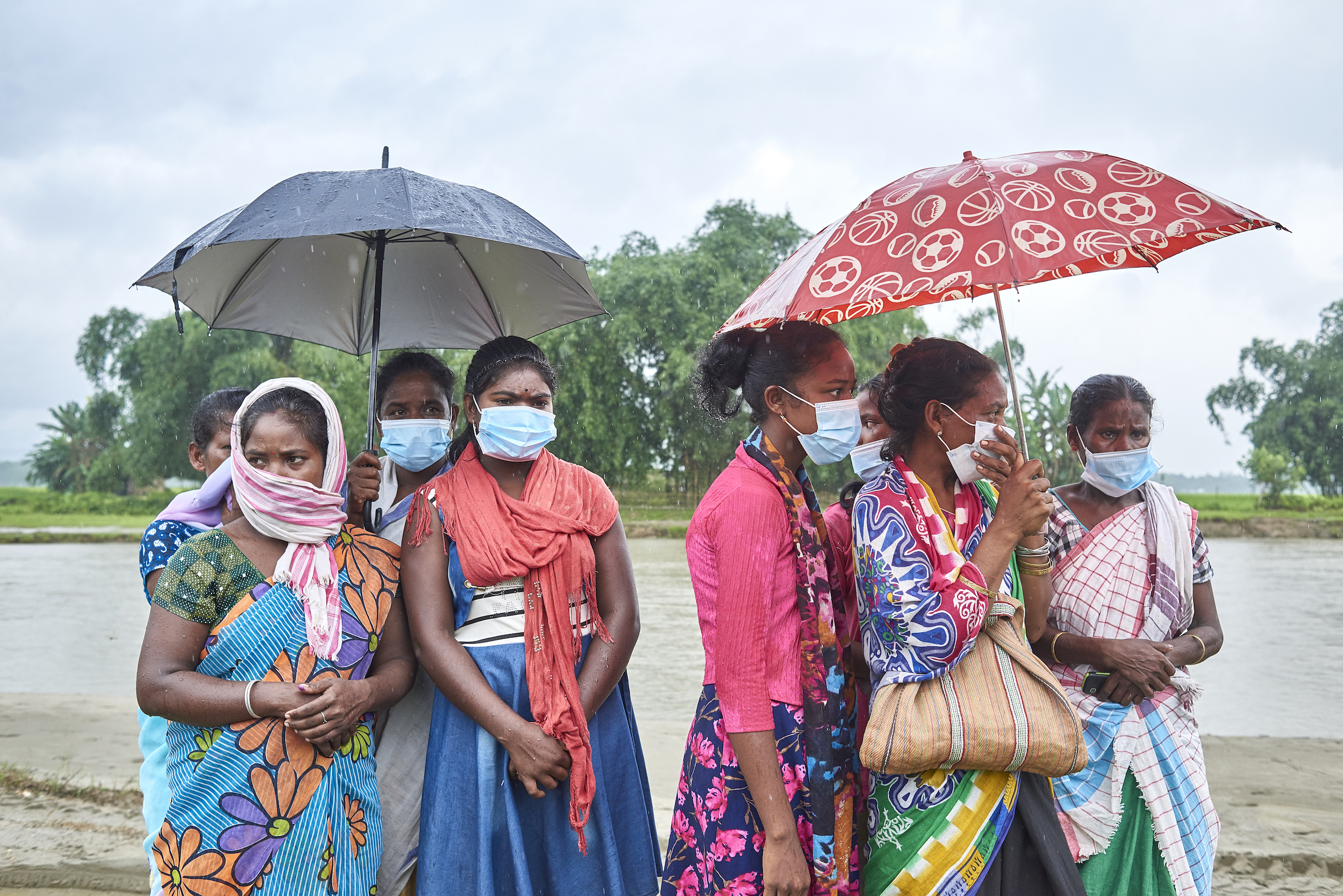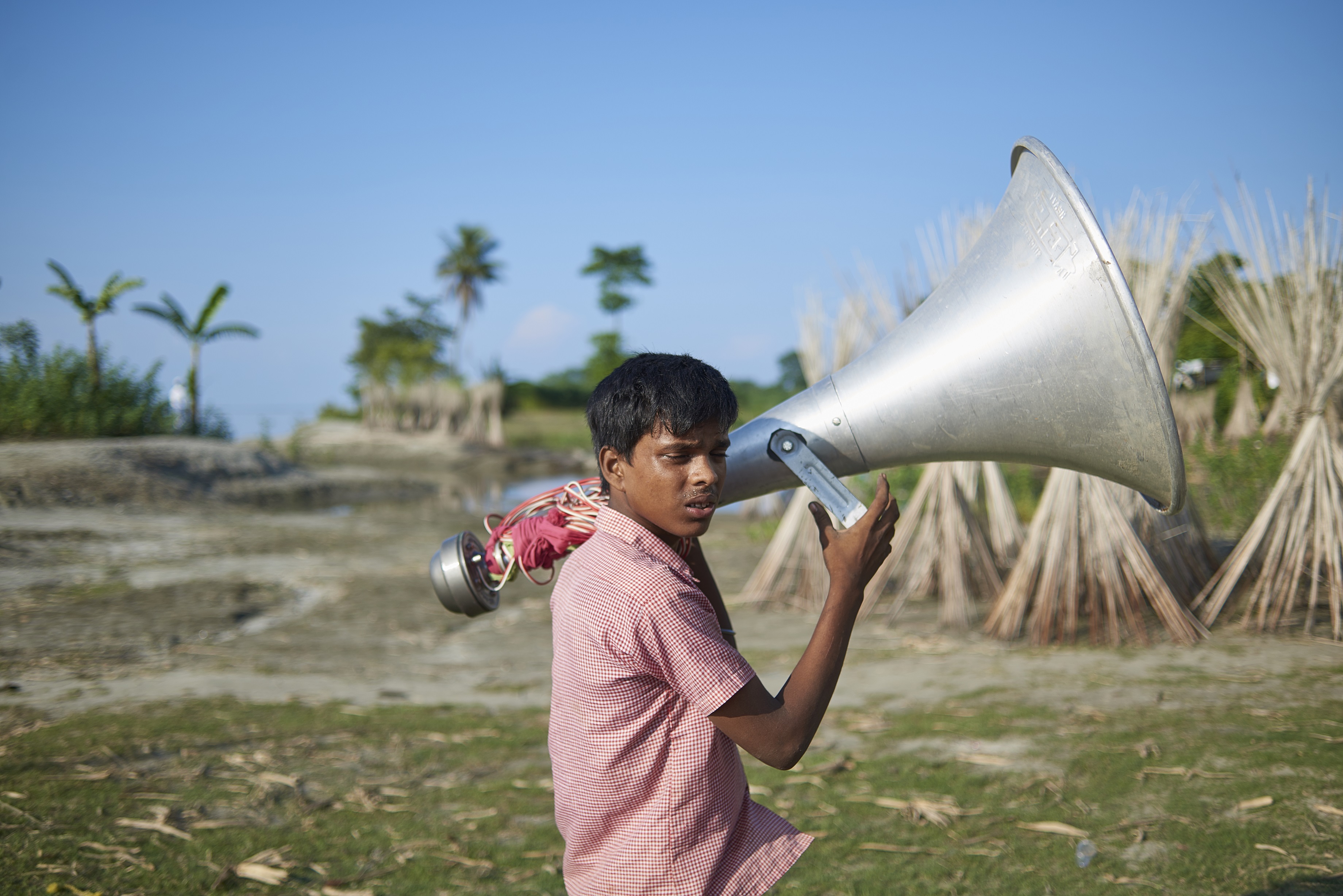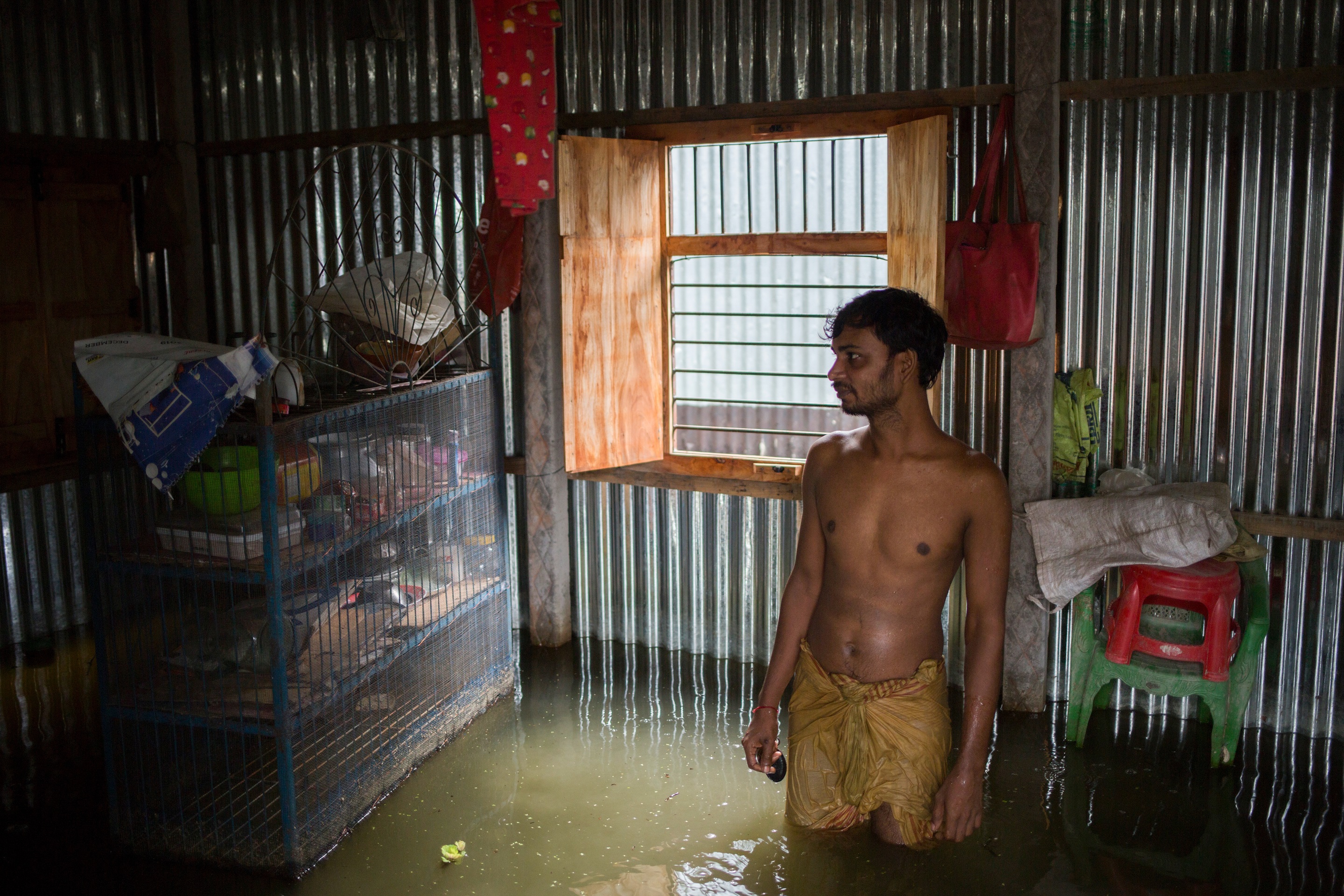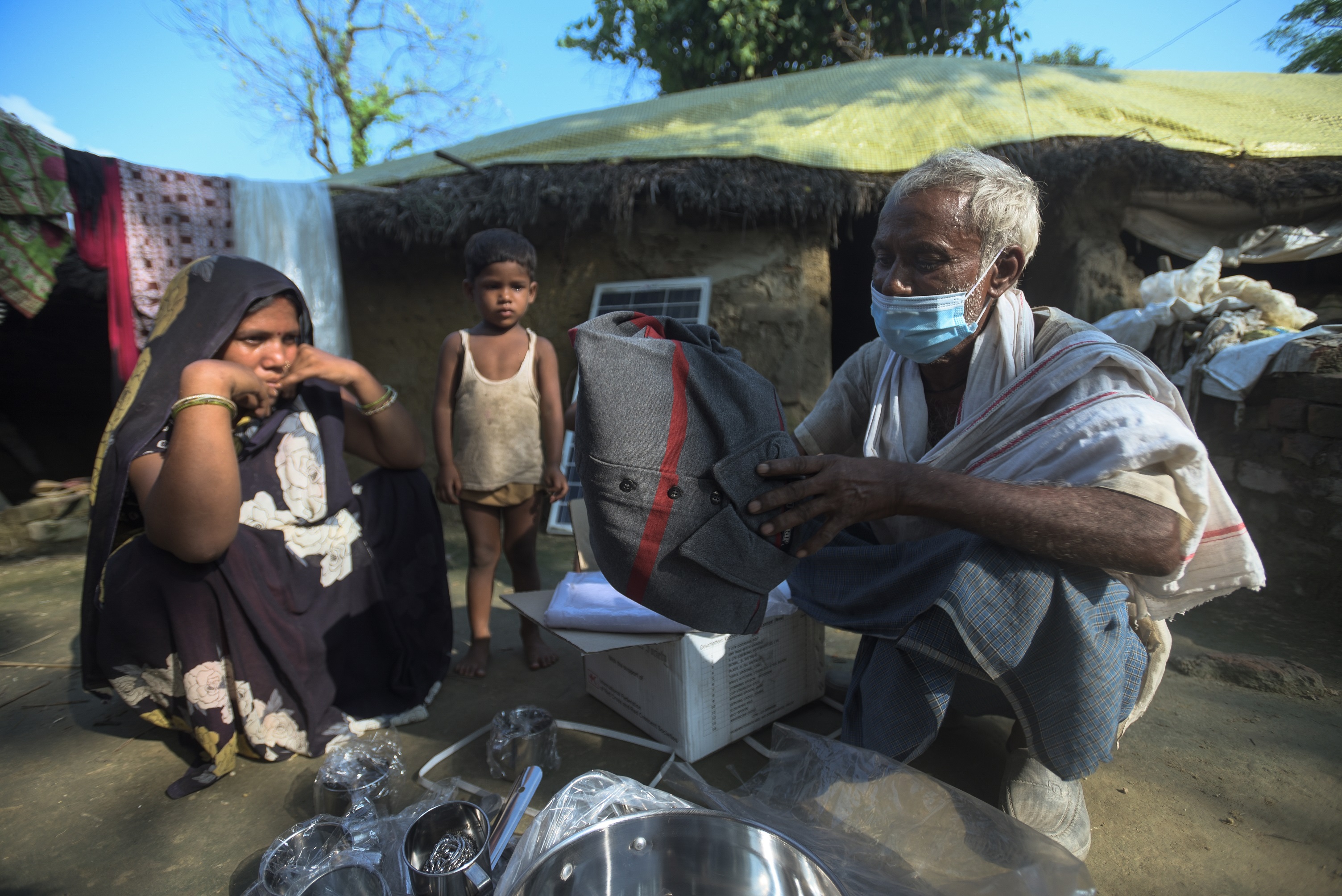An Inside Look at South Asians Doubly Hit by Climate Disasters and COVID-19
September 29, 2020At least 25 million people in South Asia have been affected by floods, droughts or storms and COVID-19 worldwide, according to an analysis by the International Federation of Red Cross and Red Crescent Societies (IFRC) and the Red Cross Red Crescent Climate Centre.
Even as people in the region continue to battle COVID-19, massive floods have worsened poverty and escalated loss of livelihood, particularly in India, Bangladesh and Sri Lanka.
In Bangladesh and India, heavy rains leading to overflowing of Brahmaputra and Ganges—the two Himalayan rivers—is the primary cause of floods.
In both the countries, many people have also been flooded three times in the past four years.
The analysis, which quantifies the overlapping vulnerability of communities, shows that out of 132 identified unique extreme weather events that have occurred so far in 2020, 92 have overlapped with the COVID-19 pandemic.
In north Bangladesh, homes and crops have been destroyed four times this year. Some of the worst floods in decades followed a cyclone that had already caused widespread devastation.
In July this year, one third of Bangladesh was submerged in water during floods affecting around 5.4 million of the country’s 160 million people.
In the northeastern Indian state of Assam, the flood situation is grim at present due to the third wave of flood. More than 5.6 million people are reeling under impact of flood across the state, a result of the rising water levels of the Brahmaputra river.
The administration has set up 43 relief camps in flood-affected districts.
Over 38,000 domestic animals have also been displaced in Assam.
